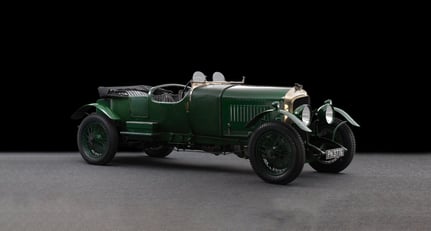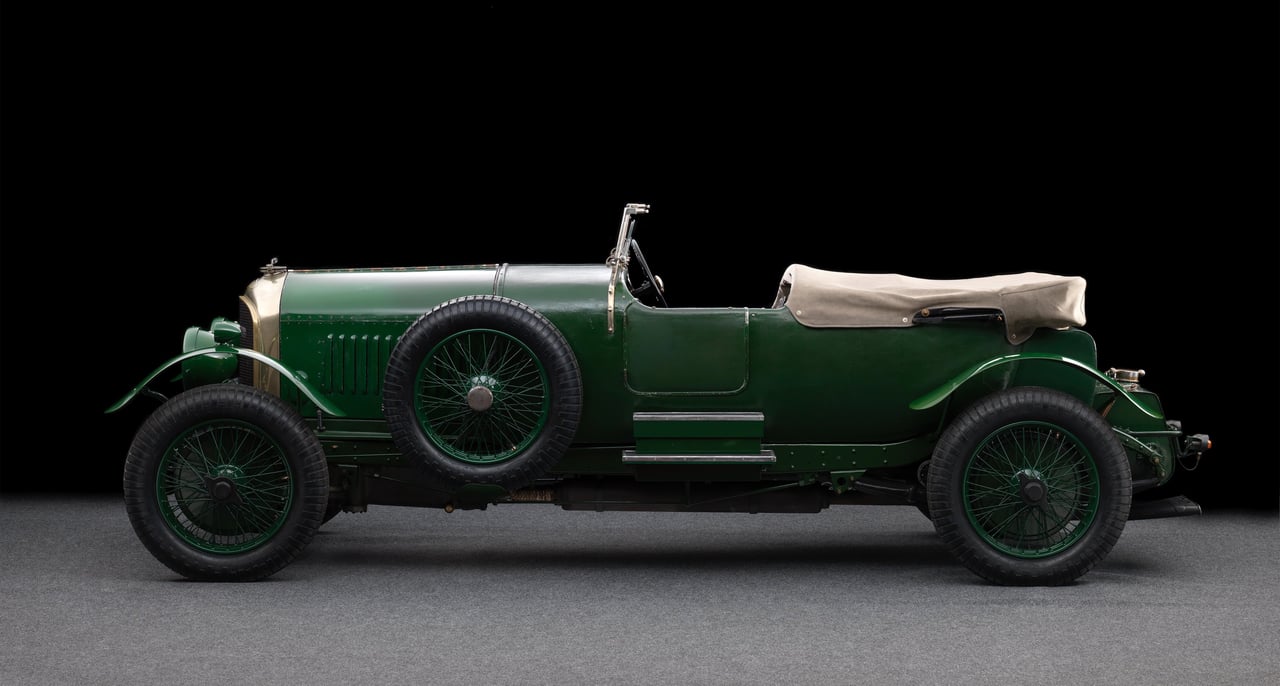

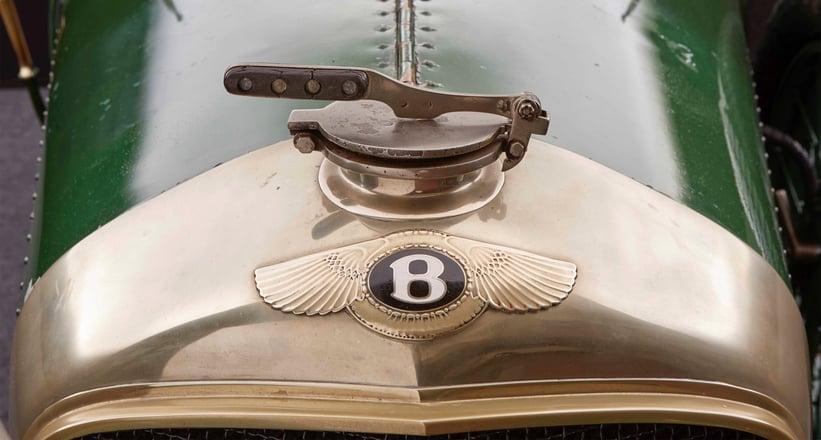
In the days when the automobile was in its true infancy, cars were a mere adaptation of the wagons and trailers once used to carry passengers and cargo with real-life horsepower up front. The early 1900s was a time of innovation and, much like how each decade seems to accelerate technology into a new realm, the development of the automobile from the 1910s into the roaring 1920s was astonishing.
As the cars flourished, so too did the lust for speed. Walter Owen Bentley was one of those men, and his knowledge of engineering was a gift to the motoring world, not to mention his natural ability to drive quickly. When developing his newly found company, W.O quickly understood the importance of motor-racing in relation to the develop of the cars the public would be buying, something that is extremely common nowadays, but during the 1920s, it was an entirely new concept.
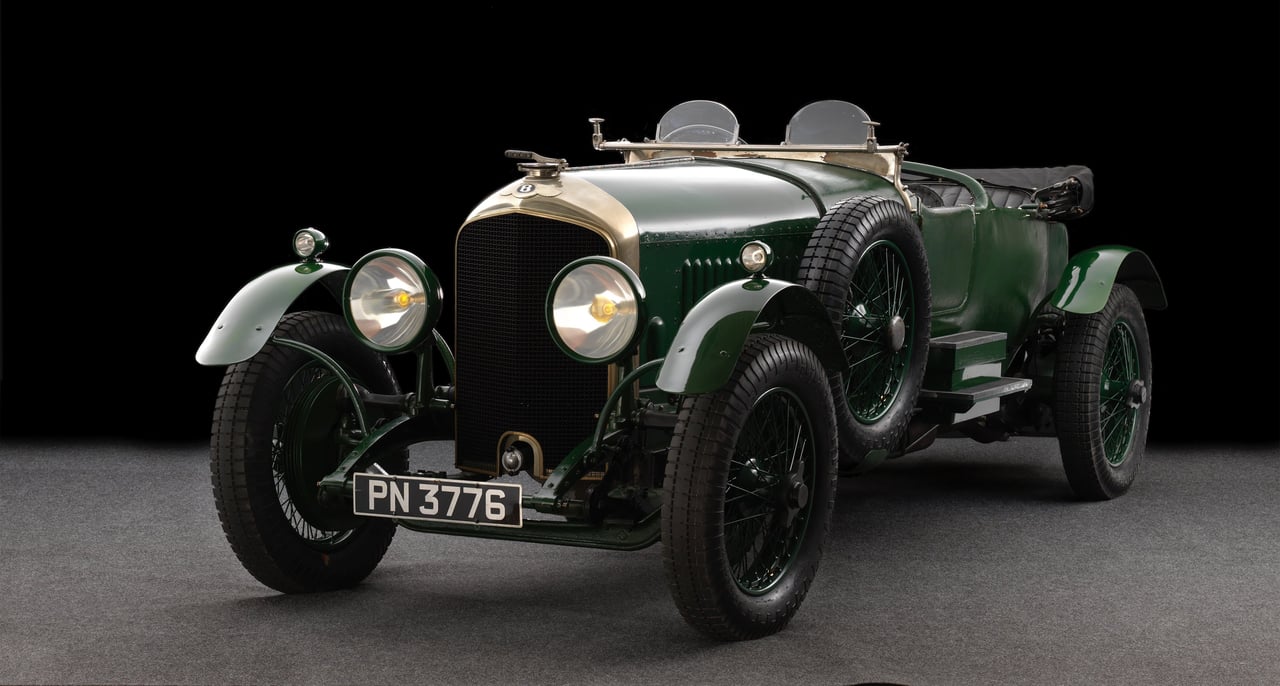
Racing is one thing, but racing for an entire day without pausing is downright lunacy. W.O himself didn’t see the initial appeal of the newly founded Le Mans 24 Hour Endurance Race, designed to test man and machine to their absolute limits. “Nobody is going to be able to do it. Cars aren’t designed to withstand that kind of stress for 24 hours.” Words W.O would come to disregard after a Bentley 3-litre finished fourth in the first ever Le Mans race in 1923, setting a new lap record in the process. With glory on his mind, W.O would return the following year and secured a victory with his now iconic Bentley Boys.
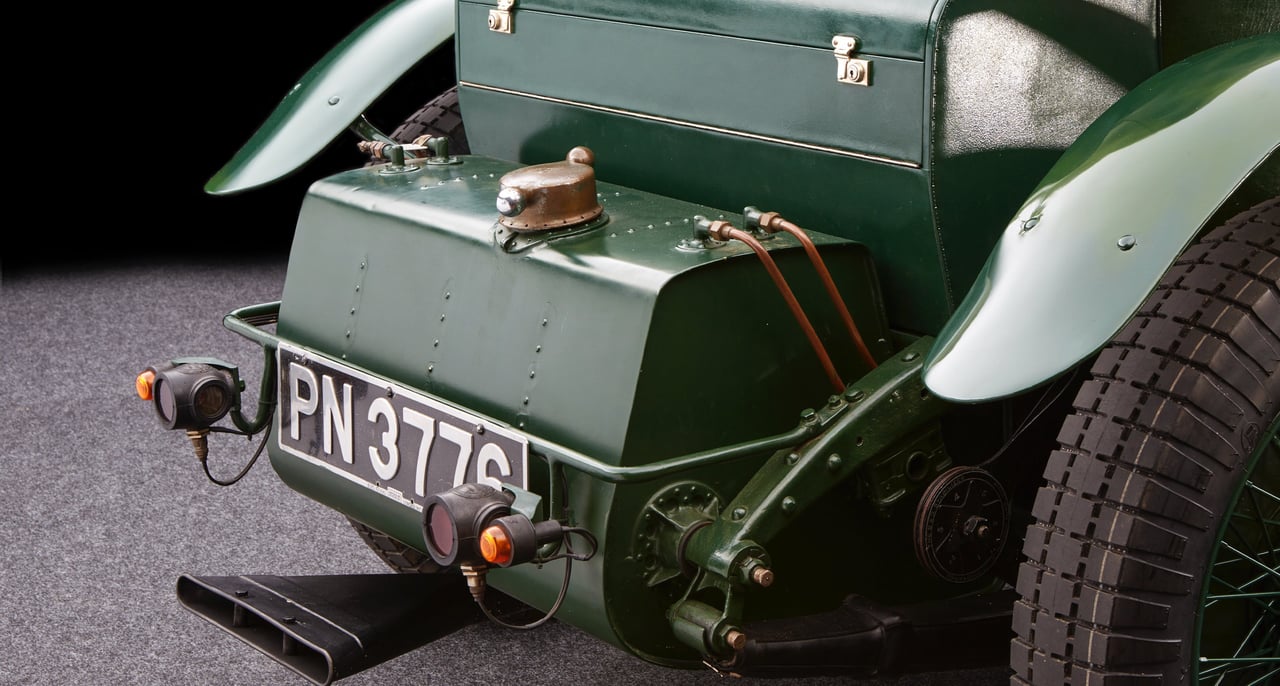
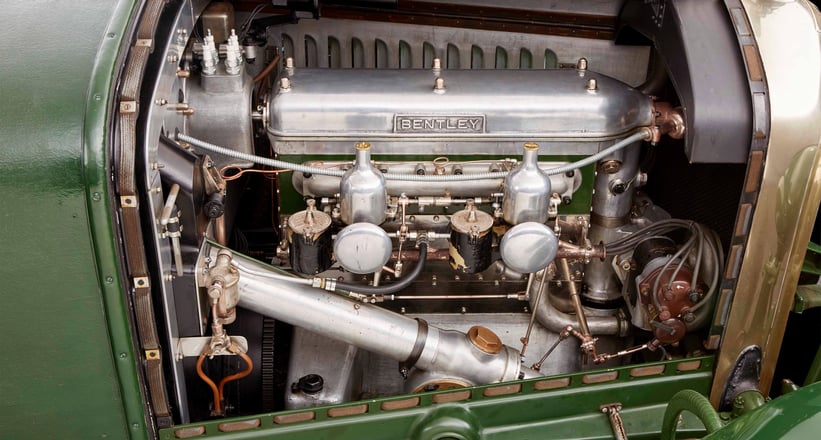

The gloriously green machine you see before you was a product of Bentley in their absolute golden era of motor-racing. Built in 1929, chassis PL3486 was a special order as one of a small number of Semi Le Mans chassis, based on the 1929 Model 4 1⁄2 litre chassis. Within the extensive amount of paperwork the German-based dealership Axel Schuette has on the car, the original purchase invoice remains intact. Mr Leeson, the lucky new owner of the 4 ½ Litre, would trade in his then-almost brand new 1929 Austin Marlborough Laudaulette, with over £1,000 still left to pay. The key part of the invoice can be seen in the “Le Mans” extras, which added £45 onto the final bill. It’s true, Bentleys were built for the upper echelons of the world, and purchasing one welcomed you into a life of luxury and opportunity.
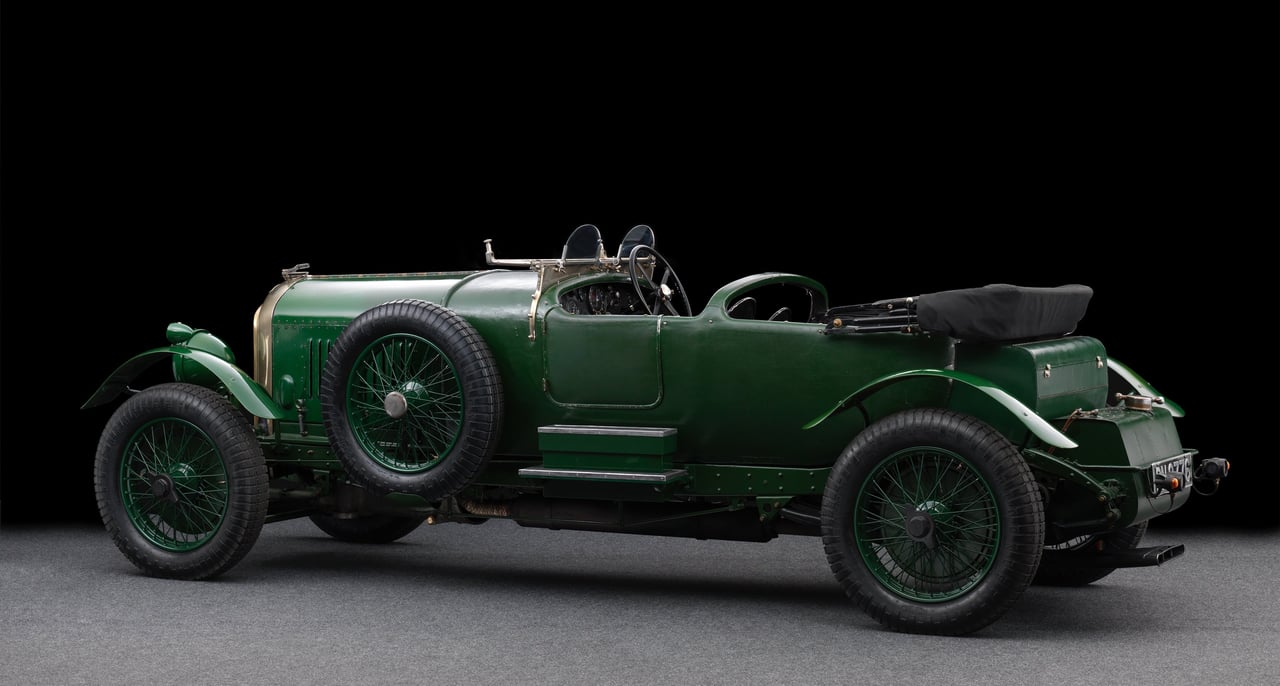
The extras Mr Leeson had ordered came in the form of the Le Mans body, which was shortened by about 25 cm, and had a strut in the body behind the front seats giving the car more rigidity into the corners. They may not be the latest offering from Recaro, but this example also featured the optional bucket seats for both driver and passenger, designed to be far lighter than the standard seats. Today, PL3486 still wears its first, original bodywork and for the most part, it still has its original interior, making it a true piece of Bentley history. It is one of five cars that have survived to this day, and stands in its original condition, something very few are able to boast.
Owning something that even Bentley themselves would love to get their hands on would be a very special feeling, and German dealership Axel Schuette had the pleasure of listing this iconic racer, which was inevitably snapped up in a matter of moments. To anyone with an admiration for motorsport history, and in particular the role British car makers had in the development of refining the very best road cars from their racing escapades, it really doesn’t get much better than this!
